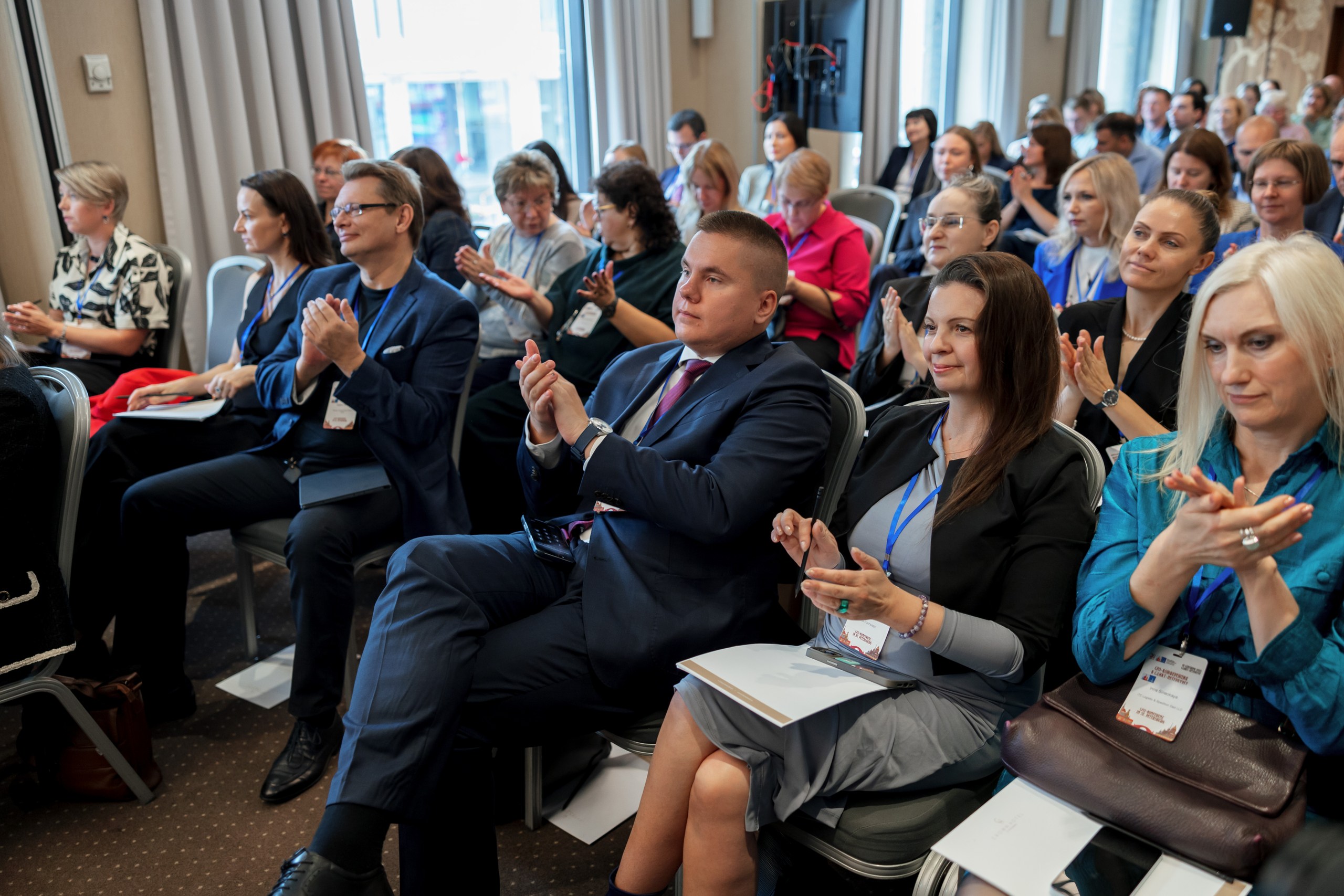Legal protection of trademarks in Russia: risks and consequences of non-use
Dear colleagues,
Over the past year, international brands that have reduced their presence or left the Russian market have been registering trademarks in the Russian Federation, which has been widely covered in the media. Having received many questions from companies about the regulation of brand protection in the current situation, we decided to describe in more detail the mechanism of trademark protection in Russia, the existing risks, opportunities and options.
National and international trademarks in Russia
Russia protects both trademarks registered under the Madrid system (international registrations) and national marks registered with the Federal Service for Intellectual Property (Rospatent).
Russia recognizes conventional priority (Article 1507 of the Civil Code of the Russian Federation, Article 4 of the Madrid Agreement), which means protection of rights to a trademark registered in any Paris Convention country.
However
- the introduction of the parallel import regime has partially limited this protection for certain categories of goods;
- legal protection of a trademark may be terminated early if the right holder does not use it for three consecutive years in respect of the goods concerned.
This provision is set forth in Article 1486 of the Civil Code of the Russian Federation and corresponds to clause “c” of Article 5 of the Paris Convention for the Protection of Industrial Property dated 20.03.1883.
How does it happen?
In accordance with clause 1 of Article 1486 of the Civil Code of the Russian Federation, legal protection of a trademark may be early terminated in respect of all or part of the goods for which it is registered, if the mark has not been used for three consecutive years.
An interested person who has reasons to believe that the right holder does not use the trademark shall have the right to send him a proposal for voluntary withdrawal of legal protection.
Such a proposal may contain a claim either to
- submit an application to the federal executive body in the field of intellectual property to waive the right to the trademark, or
- enter into an agreement on alienation of the exclusive right.
This proposal shall be sent not only to the right holder, but also to the address indicated in the State Register of Trademarks or the relevant international register.
It is important to note that it is possible to send such a proposal only after three years from the date of state registration of the trademark. If within two months after receipt of the proposal the right holder does not take the abovementioned actions, the interested party is entitled within the next thirty days to apply to the court with a claim for early termination of legal protection of the trademark due to its non-use.
At the same time, the legislation does not contain an exhaustive list of cases when a person may be recognized as an interested party. The court in each specific case assesses whether the claimant has a legitimate interest in terminating the legal protection of the unused trademark. Any person whose legitimate interests are affected by the existence of an unused registration may be acknowledged an interested party.
Of course, the trademarks of foreign companies that left the Russian market in 2022 face particularly high risks of early termination of protection.
Consequences of loss of legal protection
If a trademark loses legal protection, there is a potential risk that third parties may register it on their names.
In this case, there is a risk that products marked with the trademark of the former right holder will appear on the market, as control over the brand will be lost.
Restoration of rights will require significant time and financial expenses.
Current situation: risks
The current situation with the possible consequences of the loss of legal protection of a trademark remains controversial.
Early termination of protection creates prerequisites for re-registration of a brand or registration of a similar designation. However, despite the significant number of applications duplicating or imitating foreign marks, Rospatent often refuses to register identical or confusingly similar marks held by well-known companies.
Nevertheless, although the implementation of such brand interception is fraught with obstacles and at the moment the practice is ambiguous, and some examples of court practice already exist that are not in favor of the foreign right holder.
Current situation: court practice
A recent example of early termination of trademark protection is the ruling of the Intellectual Property Rights Court dated 30.10.2024 (case No. SIP-334/2024). The court satisfied the claim of LLC “R-Climat” against Telefonaktiebolaget LM Ericsson and terminated the legal protection of the company’s trademarks in respect of goods of the 11th class of International Classification of Goods and Services (equipment for ventilation, heating and air conditioning).
The reason was non-use of the marks for three years, which created an opportunity for their re-registration by other persons.
Another case in a similar situation is the case concerning registration of the trademark “Fantola” (No. 712275), owned by the Russian company “Drinks from Chernogolovka-Aqualife”. The Western right holder Coca-Cola tried to challenge Rospatent’s decision, claiming that the mark was confusingly similar to its brand.
Despite the authority’s initial rejection of the objections, the company appealed to the Intellectual Property Rights Court (IPRC). The court proceedings took an ambiguous turn: at first, the court recognized Rospatent’s actions as invalid, but eventually sent the case for a reconsideration which confirmed that the “Fantola” trademark could be used.
This case demonstrates the complexity of such disputes and the lack of unambiguous judicial practice in matters of trademark similarity.
What can be done?
In order to reduce risks for companies, especially those that have left the Russian market, it is possible to consider maintaining registration or renewing the use of a trademark directly with Rospatent.
If registration/renewal of individual marks (e.g. a series or a family of similar trademarks) is done with a certain periodicity every 3 years, the loss of an older trademark will not entail the loss of other similar trademarks for use in the Russian Federation.
Nevertheless, when deciding on the necessity of such a step it is important to evaluate the totality of factors and assess the degree of risk: the risk is highest if the right holder’s goods are not represented on the Russian market and are not available to Russian consumers for more than 3 years.
In this situation, formal registration of the trademark in the Russian Federation may not be sufficient, as the fact of use/non-use of the brand in the Russian Federation is of priority importance. Such trademarks should be actually used to show the good faith of the right holder.
Thus, it is important to assess the whole issue in a comprehensive manner, taking into account all factors in each individual case.
When considering all options, it is important to assess whether the following issues have been or will be resolved:
- Legal defense – whether there will be an opportunity to stop illegal use of the brand and counterfeit products.
- Right to sue – whether there will be the ability to recover compensation for infringement of exclusive rights.
- Preservation of market position – whether there will be protection against brand takeover and unfair competition.
- Flexibility to return the business – whether it will be possible to resume operations in the Russian Federation without losing trademark rights.
Conclusion
In the context of sanctions and changes in legislation, trademark rights holders need to actively monitor their use in Russia. Otherwise, there is a risk of losing rights, which may lead to serious commercial and reputational losses. Timely legal measures will allow you to retain control over your brand and avoid undesirable consequences.
We will be happy to assist you in solving this task and answer your questions.
Submit a request
Other news

06.11.2025
Environmental fee in 2025-2027: what awaits business and how to avoid fines

02.10.2025
Swilar expert spoke at the CFO Conference in St. Petersburg on tax optimisation
At the end of September, St. Petersburg hosted a CFO Conference that brought together finance directors and ..
